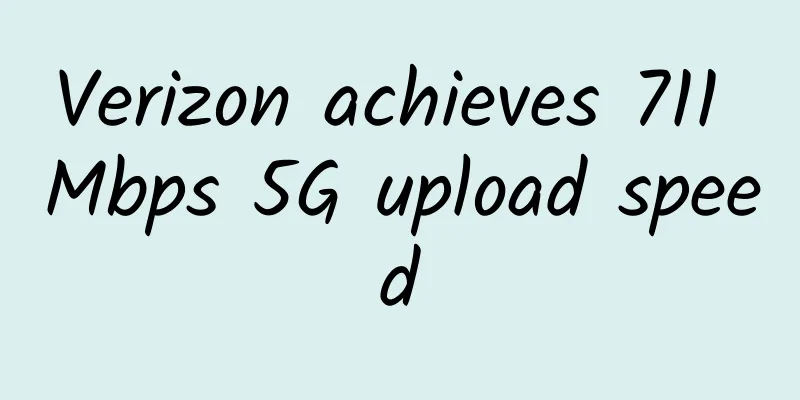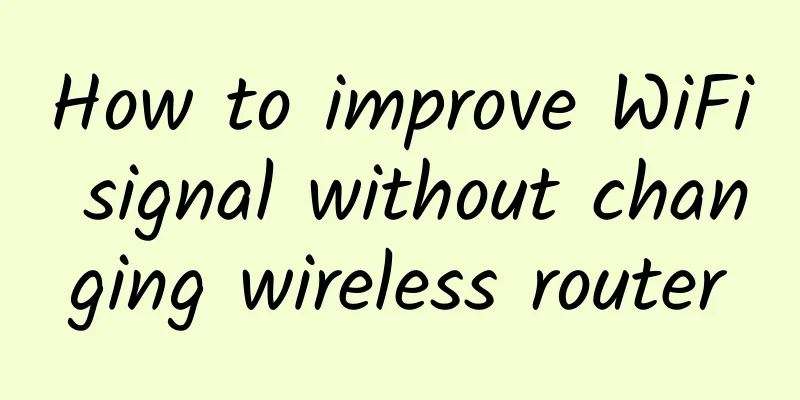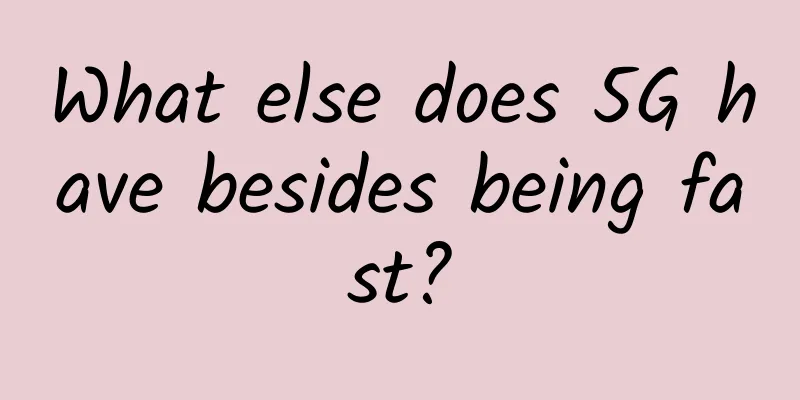Verizon achieves 711 Mbps 5G upload speed

|
Verizon said it achieved upload speeds of 711 Mbps in a trial of 5G technology. While the carrier has seen 5G download speeds exceeding 1 Gbps, achieving faster speeds on the uplink is more challenging. Verizon noted in its trial announcement that once commercialized, the technology would "pave the way for uploading videos, pictures and data to the cloud, social media accounts, or sharing them directly with others in densely populated places like downtown streets, concerts and football stadiums." Verizon believes that faster upload speeds will be valuable to both fixed and mobile users. The company also believes that faster upload speeds will enable new private network use cases for enterprises. The company noted that faster uplink speeds could enable quality control solutions for the manufacturing industry, using artificial intelligence to identify tiny defects in products that can only be seen through ultra-high-definition video feeds. Other upload-intensive applications could include multi-location, large-scale security video capabilities and "augmented reality-centric customer experiences," the company said. 5G upload speedThe technology used in the trial was provided by Samsung and Qualcomm. Samsung provided its 28 GHz 5G compact macro and virtualized radio access network (vRAN) and vCore technologies, as well as a smartphone form factor test device using Qualcomm’s Snapdragon X65 5G Modem-RF System. The trial used 400 MHz of Verizon's millimeter wave (mmWave) spectrum and 20 MHz of spectrum in a band the company calls "4G frequencies." The trial also relied on mmWave carrier aggregation and single-user MIMO (SU-MIMO). Millimeter wave spectrum supports the fastest wireless speeds on the market today, but at relatively short distances. Verizon's greater focus on millimeter wave spectrum than other major carriers could be a long-term advantage for the company, but in the short term it means it will take the company longer to build out its 5G network than other carriers because more cell sites will need to be deployed. In contrast, T-Mobile uses mid-band spectrum to quickly deploy coverage and achieve download speeds of hundreds of megabits. Currently, most wireless customers may not see the additional benefit of a gigabit compared to hundreds of megabit download speeds. It will be interesting to see the extent to which operators can improve upload speeds using mid-band or low-band spectrum, as that will determine whether Verizon's 5G upload speed breakthrough will be a market differentiator. In a prepared statement about Verizon's 5G upload speed news, Verizon SVP of Technology Planning reiterated Verizon's commitment to millimeter wave deployments, while also highlighting the expansion of the mid-band spectrum the company won in a recent auction. “Even as we aggressively and rapidly expand 5G service with our newly acquired mid-band spectrum, we are doubling down on our use of mmWave spectrum,” Koeppe said. “You’ll see us continue to grow our mmWave footprint to deliver game-changing experiences for the densest parts of our network and unique enterprise solutions. We ended last year with over 17K mmWave sites, and plan to add 14K in 2021, bringing our total to over 30K sites online by the end of this year, with more than 30K sites to come online after that.” |
Recommend
Seven storage mistakes data centers make during consolidation
Mergers and acquisitions are commonplace in today...
You know Bitcoin, but do you really understand blockchain?
When it comes to Bitcoin, everyone should be fami...
2017 Network Technology Outlook: No Breakthroughs, Only Evolution
It has to be admitted that no one can live withou...
A joke is not nonsense: IP address and MAC address of high-speed rail transfer
[[433809]] This article is reprinted from the WeC...
my country has built a total of 718,000 5G base stations, and the construction plan for next year is still being formulated
According to the China Central Radio and Televisi...
Who knows? OSPF routing protocol is enough to read this article!
After the release of the interesting routing seri...
Juniper Networks focuses on AI technology to fight the epidemic
With the advent of the "post-epidemic era&qu...
Detailed explanation of the differences between IPv6 and IPv4!
IPv6 is the abbreviation of Internet Protocol Ver...
RAKsmart: Korean VPS starting from $3.5 per month, 1GB/25GN SSD/5M bandwidth/Seoul data center
The blog often shares information about RAKsmart&...
Five technology trends everyone must prepare for in 2024
Machine intelligence, the blurring of the lines b...
Detailed family history: How the Internet has changed in the past decade
【51CTO.com Quick Translation】 Since its birth, th...
Free trial: GigsGigsCloud June Los Angeles VPS new users free trial 14 days event
In order to let new users understand and experien...
Understand the difference between disaster recovery and backup in data centers in three minutes
1. Introduction Sudden failures in data center op...
spinservers: 50% off China Telecom Network VPS in San Jose, China Telecom Network Dedicated Server $139/month - 2*E5-2630Lv3/64G/1.6T SSD
The tribe has shared the server information of sp...
Have you been "touched" by 5G today?
The number of online 5G users has exceeded 100 mi...









